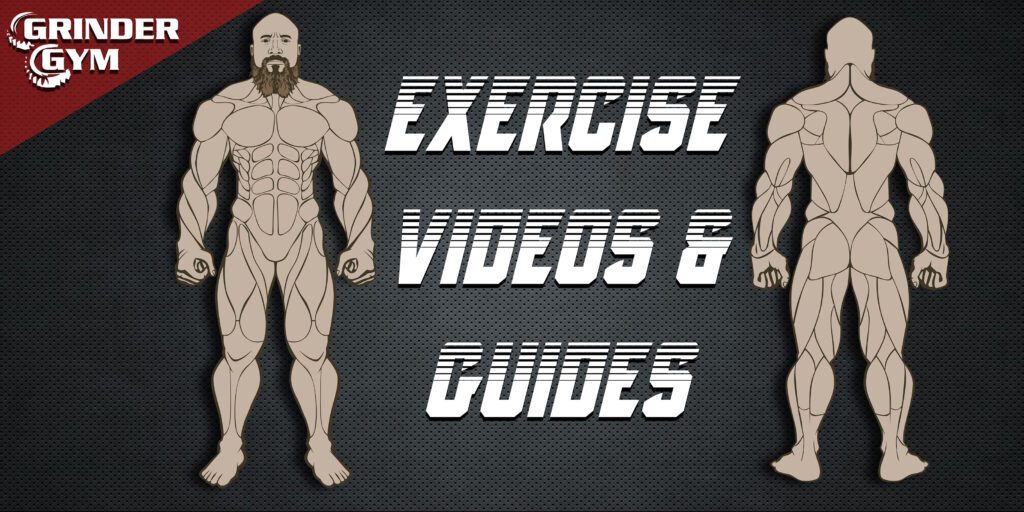


Description:
The Band Resistive Clamshell with a thigh band is an effective exercise for targeting the outer thigh muscles and glutes. This exercise involves placing a resistance band around both thighs while lying on your side with your knees slightly bent and one leg on top of the other. By lifting your top knee against the resistance, it engages and strengthens the outer thigh and glute muscles, promoting hip stability and balance while reducing the risk of hip-related discomfort and injuries.
Benefits:
- Strengthens the outer thigh muscles and glutes.
- Enhances hip stability and balance.
- Reduces the risk of hip-related discomfort and injuries.
- Stabilizes pelvic muscles and tones the thighs.
Profile:
| Equipment: | Resistance band with thigh placement |
| Type: | Strength |
| Level: | Beginner |
Muscles:

Targeted Muscles
Classification:
| Utility: | Auxilary |
| Mechanics: | Isolation |
| Force: | Push |
Instructions:
- Step 1: Lie on your side on a comfortable surface with your knees slightly bent, one leg on top of the other.
- Step 2: Place a resistance band around both thighs just above your knees.
- Step 3: Keep your feet together and your upper body stable and relaxed.
- Step 4: Exhale as you rotate your upper hip and lift your top knee upward against the resistance.
- Step 5: Inhale as you lower your top knee back to the starting position.
- Step 6: Repeat for the desired number of repetitions and then switch to the other side.
Common Mistakes:
- Using excessive force or momentum to lift the knee.
- Not maintaining proper alignment of the resistance band around the thighs.
- Allowing the upper body to roll forward or backward.
- Not maintaining a neutral spine and core engagement.
To avoid these mistakes, focus on controlled movements, maintain proper form, and use an appropriate resistance band tension.
Additional Information:
The Band Resistive Clamshell with a thigh band is a beginner-level exercise that effectively targets and strengthens the outer thigh muscles, glutes, and hips. It’s valuable for improving hip stability, balance, and reducing the risk of hip discomfort and injuries. Incorporating this exercise into your workout routine can contribute to enhanced hip muscle development and overall lower body well-being.
